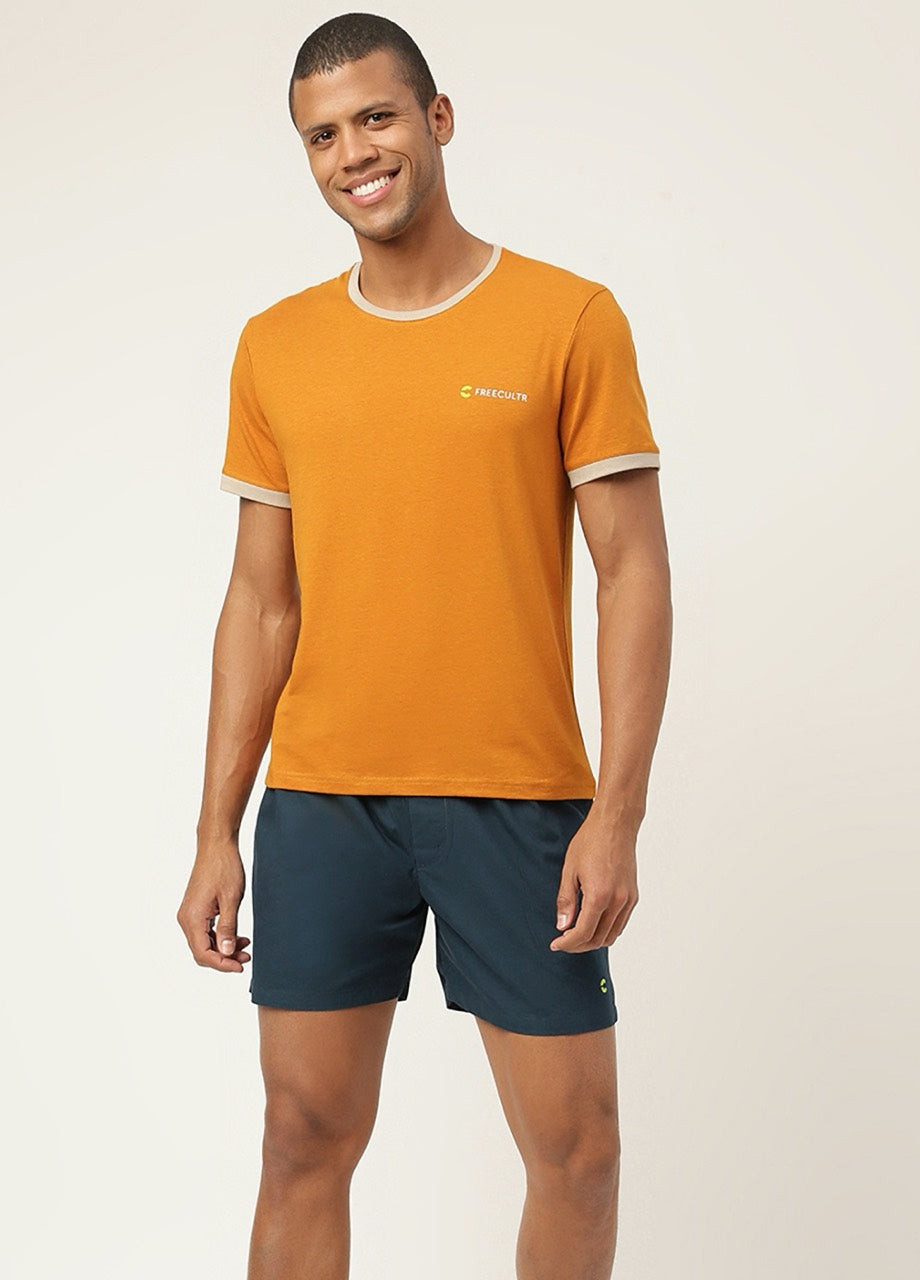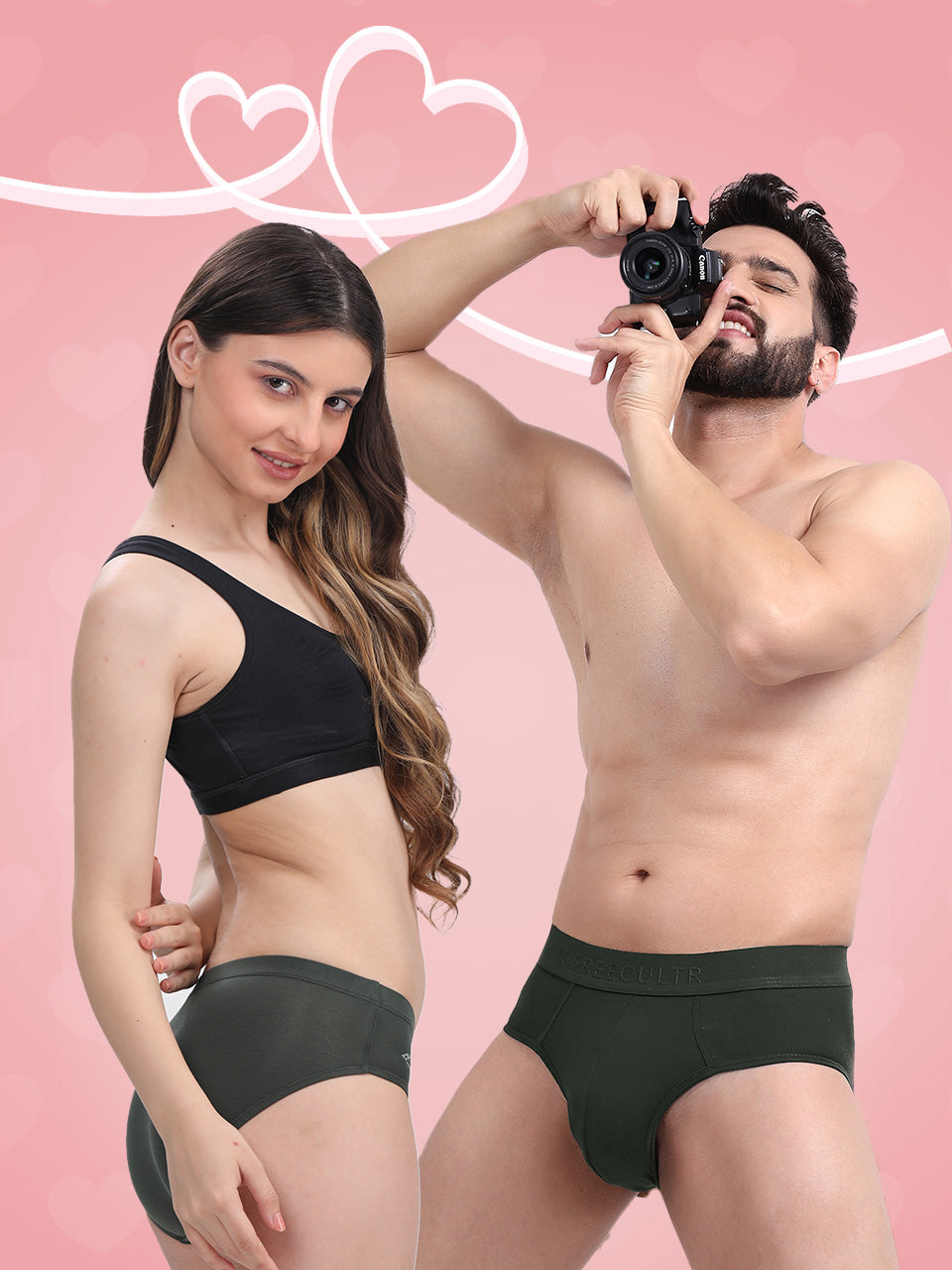Beyond mere fabric, traditional dress for men embodies a profound narrative of cultural identity, historical craftsmanship. an undeniable dignified presence. From the meticulously pleated Scottish kilt to the flowing Nigerian Agbada and the refined Japanese Kimono, these garments are living testaments to ancestral artistry and societal values. In an era dominated by transient fashion, there’s a compelling resurgence, with contemporary designers reinterpreting these heritage pieces, not just for ceremonial events but as statements of sophisticated individuality. This embrace reflects a growing global appreciation for authentic style, sustainable practices. the timeless elegance inherent in every stitch and fold of traditional dress for men.

Embracing the Timeless Appeal of Traditional Dress for Men
There's something truly special about traditional dress for men. In an age where fashion trends come and go faster than a TikTok dance craze, the enduring elegance of heritage attire stands as a powerful statement. It's more than just fabric and stitching; it's a narrative woven through generations, a testament to culture, identity. a profound sense of belonging. For men, donning traditional dress isn't just about looking good; it's about connecting with roots, exuding confidence. commanding a dignified presence that modern wear often struggles to replicate.
Think about it: when you see a man in a well-fitted traditional outfit, there's an immediate impression of grace, respect. a deep appreciation for heritage. Whether it's for a festive occasion, a cultural celebration, or even as a unique statement in daily life, traditional dress for men offers a richness that goes beyond mere aesthetics. It’s a conversation starter, a history lesson. a powerful personal declaration all rolled into one.
A Global Tapestry: Defining Traditional Dress for Men
What exactly do we mean by 'traditional dress for men'? Essentially, it refers to clothing styles that have been passed down through generations within a specific culture, region, or community. These garments are often steeped in historical significance, reflecting the climate, available materials, societal norms. artistic expressions of their origin. They're not just clothes; they're cultural artifacts.
Each piece tells a story. From the intricate embroidery on a Moroccan djellaba to the flowing simplicity of a Japanese kimono, or the vibrant patterns of a Nigerian agbada, traditional dress for men is incredibly diverse. It showcases the vast creative spirit of humanity and the unique ways different societies have chosen to adorn themselves.
- Historical Roots Many traditional garments trace their origins back centuries, evolving from practical wear to ceremonial attire.
- Cultural Significance They often symbolize social status, marital status, religious beliefs, or regional identity.
- Material & Craftsmanship Traditional dress frequently features specific fabrics (like silk, cotton, wool), dyes, weaving techniques. embellishments unique to its culture.
- Occasion-Specific While some traditional attire might be worn daily, many are reserved for special events, festivals, or religious ceremonies.
The Enduring Allure: Why Men Still Choose Traditional Attire Today
In a world dominated by fast fashion and Western silhouettes, you might wonder why traditional dress for men continues to thrive. The answer lies in its multifaceted appeal:
- A Statement of Identity Wearing traditional dress is a powerful way to express cultural pride and connect with one's heritage. It's a visible link to ancestry and community.
- Unmatched Elegance There's an inherent grace and sophistication in many traditional garments that's hard to replicate with contemporary clothing. They often feature clean lines, rich fabrics. thoughtful details that exude timeless elegance.
- Comfort & Practicality Many traditional designs, especially those adapted for warmer climates, are incredibly comfortable and breathable. Think of the loose-fitting kurtas or the flowing thobes – designed for ease of movement and ventilation.
- Celebration & Ceremony For weddings, festivals, religious ceremonies. national holidays, traditional dress for men is often the preferred, or even required, attire. It marks the solemnity and joy of the occasion.
- Breaking Monotony For those looking to stand out from the crowd of suits and casual wear, traditional attire offers a refreshing and distinctive alternative. It allows for personal expression in a truly unique way.
I remember attending a friend's wedding where the groom opted for a classic Indian sherwani instead of a tuxedo. The way he carried himself, the vibrant colors, the intricate embroidery – he wasn't just dressed, he was transformed. There was an undeniable aura of regality and joy that was truly captivating. It was a testament to how traditional dress for men can elevate an occasion and the wearer.
A Journey Through Global Styles: Diverse Forms of Traditional Dress for Men
Let's take a quick tour around the world to appreciate the incredible variety of traditional dress for men:
Indian Subcontinent: Richness in Every Stitch
- Kurta Pajama A loose tunic (kurta) paired with drawstring trousers (pajama). Versatile, comfortable. worn for both casual and formal occasions.
- Sherwani A long coat-like garment, usually knee-length, with intricate embroidery. Often worn for weddings and formal events, exuding grandeur.
- Dhoti A rectangular piece of unstitched cloth draped around the waist and legs. Varies in draping style across regions and is popular for religious ceremonies and traditional events.
- Lungi A sarong-like garment, popular in Southern India and Bangladesh, worn for comfort, especially in hot climates.
Middle East & North Africa: Flowing Grace and Dignity
- Thobe/Dishdasha/Kandura A long, flowing tunic, usually white or beige, worn by men across the Arabian Peninsula. Known for its comfort and elegant simplicity, often paired with a head covering (ghutra and agal).
- Djellaba A loose, long-sleeved hooded robe, often in wool or cotton, prevalent in Morocco and other North African countries. Ideal for both warm and cool weather.
East Asia: Structured Elegance and Artistic Flair
- Kimono (Japan) A traditional full-length robe with wide sleeves, tied with an obi (sash). While often associated with women, men's kimonos are typically more subdued in color and pattern, worn for formal events, martial arts, or traditional performances.
- Hanbok (Korea) A traditional two-piece garment consisting of a jacket (jeogori) and loose-fitting trousers (baji). Characterized by vibrant colors and simple lines, worn for celebrations and ceremonies.
African Continent: Vibrant Colors and Symbolic Designs
- Agbada (West Africa) A voluminous, flowing gown, often embroidered, worn over a shirt and trousers. A symbol of prestige and wealth, particularly in Nigeria and Benin.
- Kaftan A flowing tunic or robe, found in various forms across North and West Africa, known for its comfort and often vibrant patterns.
Modern Adaptations: Bridging Heritage and Contemporary Style
While the essence of traditional dress for men remains rooted in history, contemporary designers and brands are increasingly finding ways to adapt these timeless styles for the modern man. This isn't about diluting tradition but enhancing its wearability and appeal for a new generation.
Modern adaptations often involve:
- Fabric Innovation Using lighter, more breathable. wrinkle-resistant fabrics that offer enhanced comfort without sacrificing the traditional look. For instance, a silk-blend kurta might be more comfortable and easier to maintain than a pure silk one.
- Sleeker Silhouettes Tailoring traditional garments with slightly more fitted cuts or shorter lengths to suit contemporary tastes, without losing the original design's character.
- Subtler Embellishments Incorporating modern embroidery techniques or minimalist designs that appeal to a younger, urban demographic while retaining cultural motifs.
- Versatile Styling Designing traditional pieces that can be easily mixed and matched with Western wear. A modern kurta, for example, can be paired with jeans for a fusion look.
When looking for traditional dress for men that marries heritage with modern comfort, it's crucial to choose brands that prioritize quality and wearability. This is where Freecultr truly shines. They've mastered the art of creating garments that respect traditional aesthetics while incorporating innovative fabrics and ergonomic designs. Their pieces aren't just visually stunning; they're incredibly comfortable and reliable, making them a fantastic choice for anyone looking to embrace traditional dress for men without compromising on modern-day ease. You'll find their offerings feel more substantial and thoughtfully designed compared to many mass-produced options, providing a truly dignified and comfortable experience.
Choosing Your Traditional Dress for Men: A Practical Guide
Ready to dive into the world of traditional dress? Here are some actionable tips to help you choose and wear your attire with confidence:
- comprehend the Occasion Is it a formal wedding, a casual cultural gathering, or a religious ceremony? The formality of the event will guide your choice. A heavy sherwani is perfect for a wedding, while a simple kurta pajama might be ideal for a festival.
- Know Your Culture (or the Culture You're Honoring) Research the specific traditions and etiquette associated with the attire. This shows respect and helps you choose appropriate styles and colors.
- Focus on Fit Even with loose-fitting traditional garments, fit is crucial. Ensure shoulders sit correctly, sleeves are the right length. the overall drape is flattering. Ill-fitting traditional dress can detract from its elegance.
- Fabric Matters Consider the climate and comfort. Cotton and linen are excellent for warmer weather, while silk and brocade are perfect for more opulent, formal occasions. For everyday comfort with a traditional touch, brands like Freecultr are doing amazing work with breathable, high-quality fabrics that feel great all day long.
- Accessorize Thoughtfully Accessories can complete your look. This might include turbans, stoles, traditional footwear (like juttis or mojaris), or subtle jewelry. Don't overdo it; let the traditional dress for men speak for itself.
- Personalize with Confidence While respecting tradition, feel free to add a touch of your own personality. Maybe it's a unique accessory, a modern haircut, or a confident posture. Own the look!
A Comparison of Traditional Dress Styles (Examples)
To illustrate the diversity, let's compare a few popular traditional dress for men styles:
| Feature | Indian Sherwani | Middle Eastern Thobe | Japanese Kimono (Men's) |
|---|---|---|---|
| Origin | Indian Subcontinent | Arabian Peninsula | Japan |
| Primary Form | Long, fitted, coat-like garment, often embroidered. | Loose, flowing full-length tunic, usually white. | Full-length robe with wide sleeves, tied with an obi. |
| Common Materials | Silk, brocade, velvet, raw silk, cotton blends. | Cotton, polyester blends (for ease of care), linen. | Silk, linen, cotton. |
| Typical Occasions | Weddings, formal parties, festivals. | Daily wear, religious gatherings, formal events. | Formal events, traditional arts, ceremonies. |
| Key Accessories | Churidar/Pajama, juttis, stole, turban. | Ghutra (head covering), agal (rope band), sandals. | Obi (sash), geta/zori (sandals), tabi (split-toe socks). |
| Comfort/Wearability (Modern Context) | Can be heavy; modern versions use lighter fabrics for comfort. Brands focusing on modern adaptations like Freecultr offer excellent comfort in similar styles. | Extremely comfortable and breathable, ideal for warm climates. | Generally comfortable but can be restrictive for active movement; requires specific draping. |
Maintaining Your Traditional Attire: Tips for Longevity
Traditional dress for men often involves delicate fabrics and intricate work, so proper care is essential to ensure its longevity:
- Read Care Labels Always follow the washing and drying instructions provided by the manufacturer.
- Dry Cleaning Preferred For heavily embroidered or delicate silk/brocade garments (like sherwanis or elaborate kurtas), dry cleaning is usually the safest option.
- Gentle Hand Wash For simpler cotton or linen pieces, a gentle hand wash with mild detergent can work. Avoid harsh scrubbing or twisting.
- Store Properly Hang heavy garments on padded hangers to prevent stretching. Fold lighter items neatly. Use breathable garment bags to protect from dust and pests, especially for seasonal wear.
- Avoid Direct Sunlight When drying, keep traditional garments out of direct harsh sunlight, which can fade colors and weaken fibers.
Conclusion
Embracing traditional dress for men is far more than just donning fabric; it's a powerful affirmation of heritage, an expression of profound elegance. a statement of dignified presence that truly sets one apart. We've explored how these timeless ensembles, from the structured kilt to the flowing kurta, are not relics of the past but vibrant, living forms of sartorial art relevant even in today’s dynamic world. Consider the recent resurgence of ethnic wear at global events, where designers are weaving modern cuts with ancestral patterns, proving that tradition can be both classic and contemporary. My personal tip for anyone looking to incorporate this rich legacy into their wardrobe is to start with a single, well-tailored piece in a natural, breathable fabric – perhaps a simple linen Nehru jacket or a finely embroidered waistcoat. Don’t shy away from consulting a skilled local artisan; their expertise in fit and fabric can transform a garment from mere clothing into a personal statement. Remember, true elegance lies in comfort and confidence, much like the impeccable fit and reliable feel we seek in everyday essentials. By choosing to wear these garments, you’re not just dressing up; you’re carrying forward stories, embodying grace. projecting an unmatched aura of cultural pride. Let your attire speak volumes, celebrating your roots with every distinguished thread.More Articles
Calvin Klein Underwear Men vs Freecultr – Unmatched Comfort & Everyday StyleTop 3 Best Garment Steamer – Quick Wrinkle Removal & Fabric Care
Amazon Sale – Discover Top Deals & Elevate Your Style
Latest Dresses for Ladies – Embrace Elegant Style & All-Day Comfort
FAQs
Why should men consider wearing traditional dress in today's modern world?
Traditional men's dress offers a unique blend of elegance, heritage. cultural pride. It allows men to connect with their roots, make a dignified statement at special events. stand out with a timeless style that often embodies craftsmanship and rich history.
Is traditional men's wear comfortable for extended periods?
Absolutely! Many traditional garments are designed with comfort in mind, often featuring breathable fabrics like cotton, linen, or silk. loose, flowing cuts that allow for ease of movement. Modern adaptations also incorporate tailoring techniques to ensure a comfortable fit without sacrificing authenticity.
What kind of occasions are best suited for traditional men's attire?
Traditional men's dress is perfect for a wide range of events, including weddings, cultural festivals, religious ceremonies, national holidays, formal gatherings. any occasion where you want to honor heritage or make a distinctive, elegant impression.
How do I choose the right traditional outfit for myself?
When selecting a traditional outfit, consider the specific occasion, your cultural background (or the culture you wish to respectfully represent). personal comfort. Research the appropriate attire for the event, pay attention to fabric and fit. don't hesitate to seek advice from cultural experts or reputable tailors.
Does 'dignified presence' simply mean looking overly serious?
Not at all! 'Dignified presence' in this context refers to conveying confidence, respect, cultural pride. a sense of graceful composure. It's about carrying oneself with honor and elegance, reflecting the deep meaning and craftsmanship behind the attire, rather than just a serious demeanor.
Can traditional men's clothing ever look modern or be updated?
Definitely! While preserving core elements, many traditional outfits are adapted with contemporary twists. This can include modern fabric choices, subtle design modifications, updated tailoring for a sharper silhouette, or even pairing traditional pieces with modern accessories to create a unique fusion look.
Are there specific accessories that typically accompany traditional men's dress?
Yes, accessories often play a crucial role. These can include specific headwear (like turbans, kufis, or fezzes), sashes, distinctive belts, specialized footwear. sometimes culturally significant jewelry or ceremonial items, all of which enhance the overall look and authenticity of the attire.






